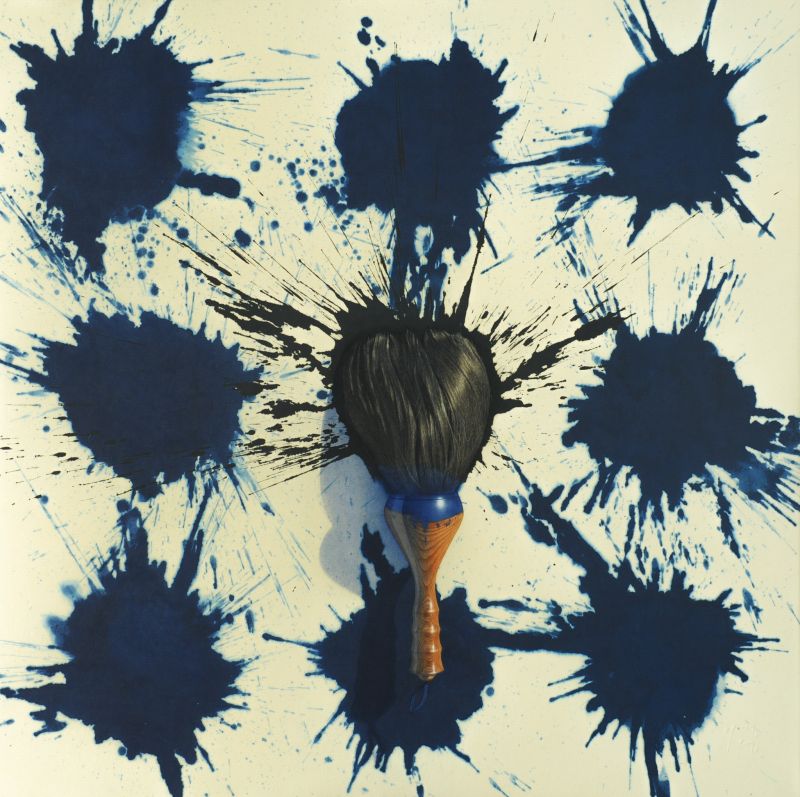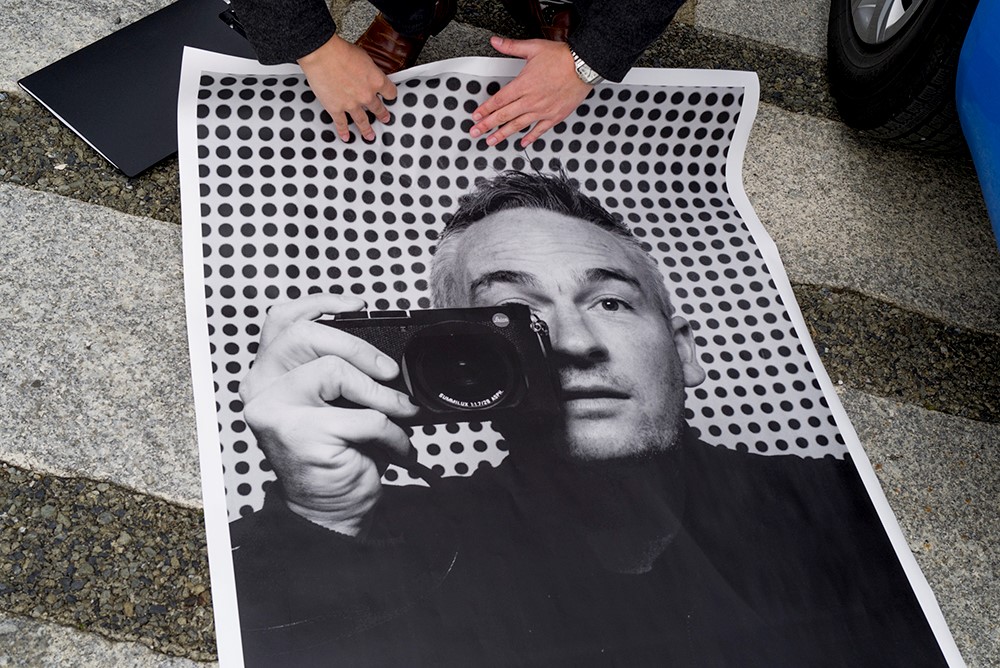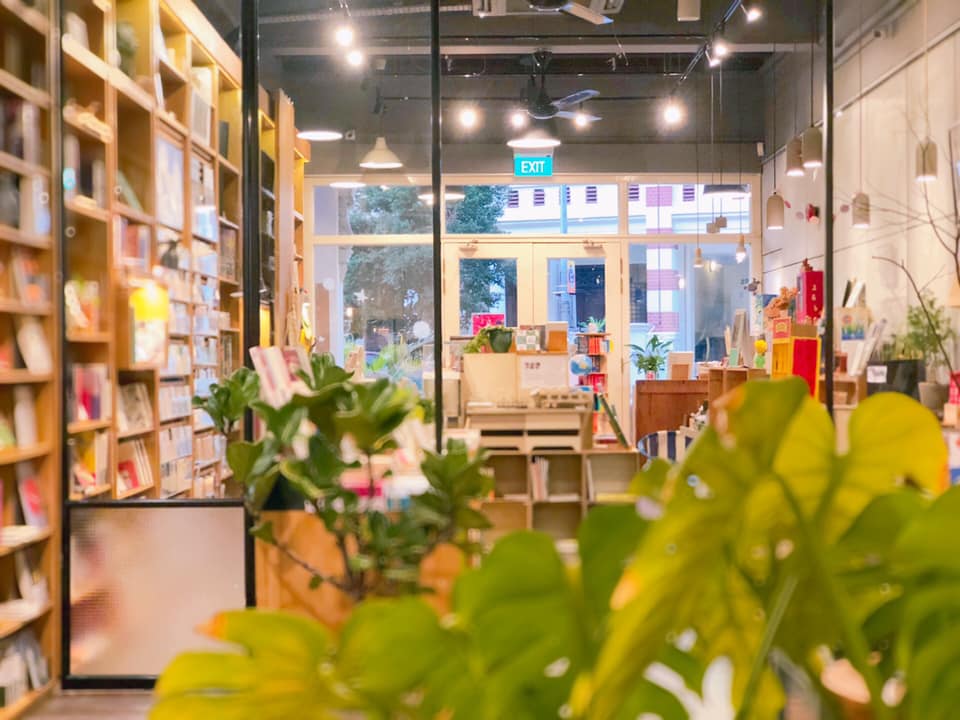It’s a breezy Friday evening, and we’ve just finished the preview of The Substation’s SAD: The Last Meal. On an upcycled crate in the basement’s SAD Bar, Alan Oei wolfs down soggy French fries as he ponders our question.
“So your question is am I giving up? Then your answer is there already what.”
Classic sass from the 42-year-old Artistic Director, who, since taking on the role in 2016, has received ample criticism for his new direction for the counter-cultural space. But some two months ago, The Substation put out an open call for applications to be the next Artistic Director, with Oei quietly announcing his resignation on the side. It came as a surprise to many; why so soon?
The short answer: to return to his artmaking. But there are no short answers when it comes to arts programming in Singapore.
“I’ve been here three years; I think the usual tenure of ADs has tended to be five years, and I feel like I’ve done what I can here,” said Oei. “If anything, I wish I could have done more. But I think that The Substation has such a long history as an institution that people have very different ideas about what it is.”
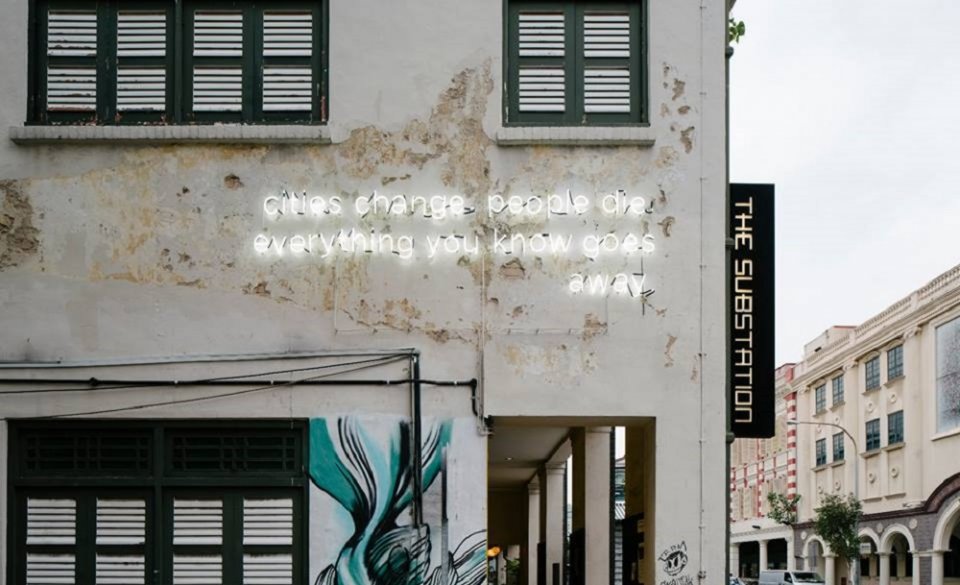
Historically, The Substation was regarded as a space for the experimental arts. As the first independent contemporary arts centre, it served as a gateway to the burgeoning arts scene of the ‘90s, uniting artists and public alike. Through the years, the institution’s novelty and influence have visibly dimmed.
“I think traction is also a big thing,” he continued. “Artists, academics and specialists are already looking at big cultural questions that shape our lives—our role at The Substation is to be able to build long runways with educational institutions and civil society; and in the end I wasn’t sure if I could commit that kind of super long-term tenure or have the necessary support to building this long runway.”
Key performance indicators
Outside, the Armenian Street Festival organised by the Peranakan Museum Oei openly detests is rising in volume.
It’s one of the many street activations—complete with food, performances, and a dollop of heritage-milking—that have become a staple in the local events calendar. It’s also turned into a bit of a sore spot for the Artistic Director, who cites hitting audience numbers as one of the key challenges in his role.
“For me, The Substation could potentially be the nexus where academics, writers—people who are all interested in the vision and the shape and the idea of what Singapore is and can be as a society; it could be that space where all of that happens,” he said.
“The reality however is that because in Singapore (the arts scene is) driven by particular KPIs, as well as there are so many art events all the time, it’s hard to cut above the noise.”
In the last two years, The Substation looked at space and heritage in urban Singapore. While Discipline The City highlighted one anchor exhibition curated by Oei, the recently concluded Cities change. People Die. Everything you know goes away rolled out a series of pop-up installations, events, workshops and panels. Unwittingly, the arts space found itself locked in a vicious cycle: Add to the mass of events already available, or risk being lost in the shuffle.
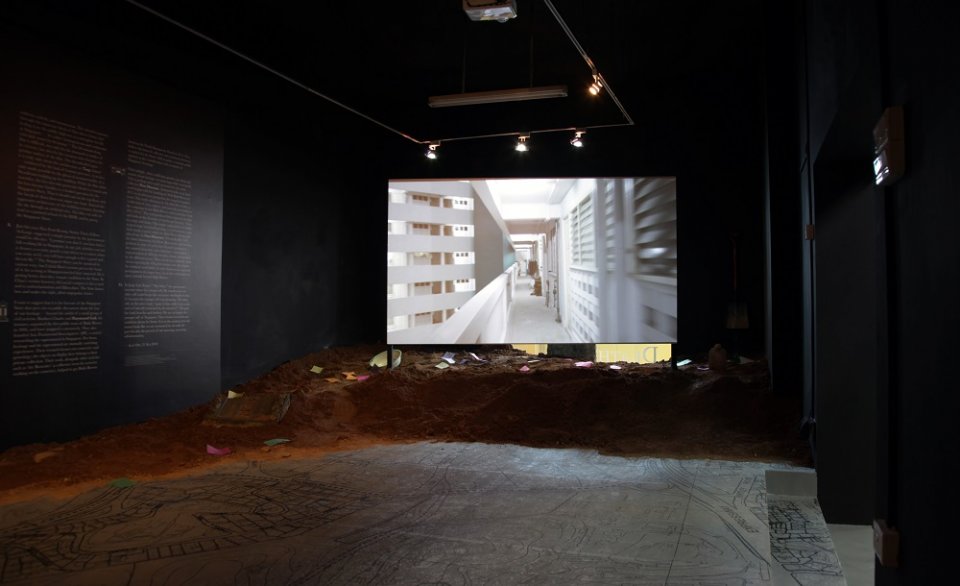
Deathsong (2018), one of the many installation works as part of Cities change. People Die. Everything you know goes away
“A lot of it becomes a paint-by-numbers kind of game sometimes, and that’s one of the things that I would like to be able to step back from,” said Oei, who is also Executive Director on the board of arts organisation OH! Open House. “I’d like to be able to spend more time on work that is meaningful, rather than always churning out programme after programme.”
When asked about his biggest gripe with arts programming locally these days, he replied simply: “There’s too much of it.” Being socially and politically engaged took a backseat to the superficial excitement of attending an event—an observation he made of numerous arts organisations. “And I think that Substation might be guilty of that as well.”
The art historian-by-education is frank in his admission about stepping down prematurely. He counts his biggest regret as not being able to have sustained conversations The Substation’s programmes generated, particularly online. It is a product of both unsuccessful marketing and an unengaged audience.
“There was something quite interesting one of the previous ADs, Lee Weng Choy, mentioned,” he recalled. “We talked about this notion of public versus audiences, and what we have in Singapore is audiences—we have people who go to events, go to programmes, go to shows. But we don’t have a sense of public; of an engaged group of different, diverse people who also contribute to a larger voice in Singapore. So we don’t really have a public in that sense.”
Swan song
With the hunt for the next AD well under way, Oei is stepping down pretty strategically before The Substation’s 30th anniversary in 2020. “In general I’m quite against celebrating anniversaries,” he said wryly. “I think for the board the 30th anniversary is something quite important to them—and I can see from their point of view why; but it’s not necessarily the kind of thing that I would like to program.”
But with a year to go, he is excited for what is coming next.
And so his swan song will be epic. Set to open in November, the final programme in The Substation’s three-year curatorial theme will look at the notion of a public square and the pedestrianised street, with ideas relating to the upcoming elections. The last instalment, said Oei, was initially planned to revolve around “Stupid City”—an exploration of the smart city concept that’s been steadily creeping into our lives. But the opportunity to critique the recent overhaul of Armenian Street, right where The Substation sits, was too good to pass up.
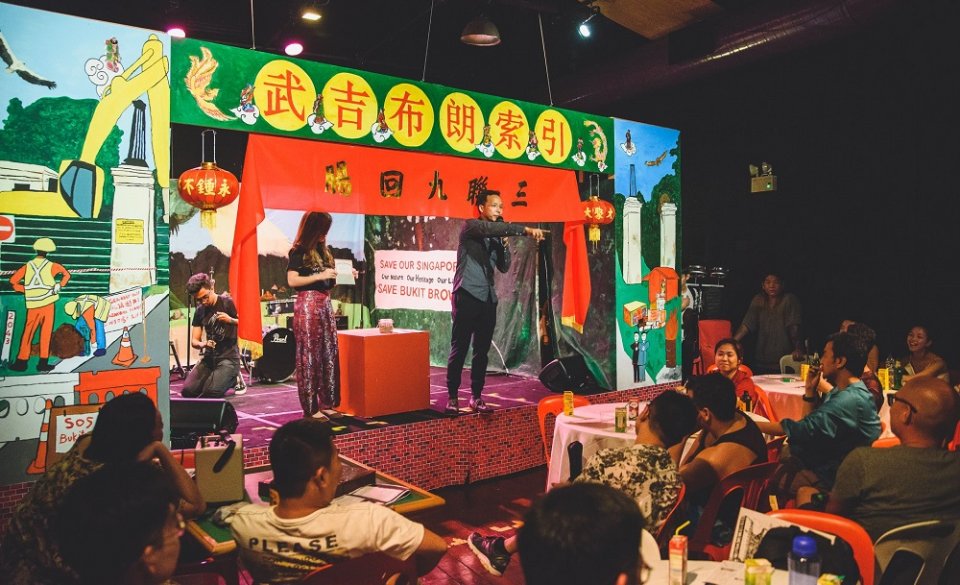
Oei hosting an auction where audiences bid on pieces of heritage
Despite his gripes with events, the working plan is to keep things event-centric, though nothing concrete has been laid at this point. Still, Oei will be stepping forward to exert a stronger curatorial presence. For anyone who has found The Substation’s programming lacking recently, this might be something to look forward to.
Fries devoured, Oei crumples up the greased brown paper bag in one hand and muses: “What Substation stands for—that hasn’t been settled. Different people have different thoughts. And so in my last year, I think I really want to push my version of what The Substation is.”
“I mean it’s my last year right? Might as well go down swinging.”
Read on for some famous not-so-last words from the Artistic Director.
With you leaving, what does that mean for the long-term vision for The Substation you were so keen on?
I don’t have a particular claim on The Substation; The Sub is bigger than one person, bigger than just the AD—it’s history, it’s whatever it has done. In the ‘90s most people had their first encounter with the arts here, and so The Substation was a space for everyone and not just artists. And I think in the last 10-15 years, it has become a space purely for artists. And if you can’t connect to a larger segment of Singapore’s public, then for me that’s not what The Substation historically used to be.
I don’t even want it to be like ‘This is Substation’s agenda’. These should be questions and topics for Singapore anyway, and Substation doesn’t need to own that conversation.
Why do you think the conversation hasn’t been sustained, as you say?
What I felt a sore lack of was our ability to engage digitally. I wanted us to be able to find ways for those conversations to happen online as well—they don’t have to be had only because we have a programme here. I feel like sometimes in general Singapore is so KPI-focused, even for a space like Substation—where I really don’t want to think about KPIs—you are still locked into this mode of fulfilling your KPIs, and sometimes you forget your own vision and you forget what you’re here for actually. (But) that’s a larger structural thing.
Would you say that in the past, programming at The Substation did successfully create that sustained conversation, organically?
It happened in the ‘90s, because in the ‘90s this was really the only space where such things could happen. Civil society was here. You had People Like Us, the early forerunners of Pink Dot; Cat Welfare Society—these kinds of things that couldn’t exist elsewhere all had to happen at The Sub. Today the landscape is quite different.
So to stay relevant, what is the vision for The Substation? Is it to push a particular kind of way of thinking about very experimental art? Or is it to find and struggle against all odds—to think about how can we sustain that public and civic discourse that we were once at the forefront of, and artists were very much a big part of? I’ve chosen the latter; it’s been an arduous, monumental thing.
Looking back to when you first joined, how far off do you think your expectations and the reality now are?
I don’t think it’s very far off. Failure in some ways is built into the DNA of The Substation. If we talk about this 10th Man Rule and always trying to speak truth to power, then in some sense you always lock yourself into a very precarious state. You’re always representing people who are precarious as well—whether it’s the artists, punks, counterculture; things that have no space in mainstream Singapore. So in some sense you’re always struggling to do that, and that is your role to continue to be able to exist as that independent, critical space. And sometimes you get drowned out.
Does any of it have to do with receiving pushback at the start?
No. My only regret is that the pushback didn’t continue. Because when people were upset, I think it was really important to listen to them as well. And to be honest, a lot of what people were upset about what I was very sympathetic towards. What I wish was that if people would have continued to engage with us, if people have continued to criticise us on level terms, and to push us in the directions that they want rather than just to withdraw completely, then I think that would have provided a more open platform where The Substation could represent this small development of stakeholder requirements and needs.
So actually I’m a bit disappointed; I think that Singaporeans in general kick up a fuss but they don’t have any endurance to maintain it—but then maybe I also don’t have endurance right.
After the last programme, what’s next for you?
I’ll still be heading OH! Open House, and we have some much larger-scale, long-term ambitious projects. I also want to spend more time on myself. When you think about Substation, it’s often more management and organisational—I want to focus a bit more on individual art-making and production.



